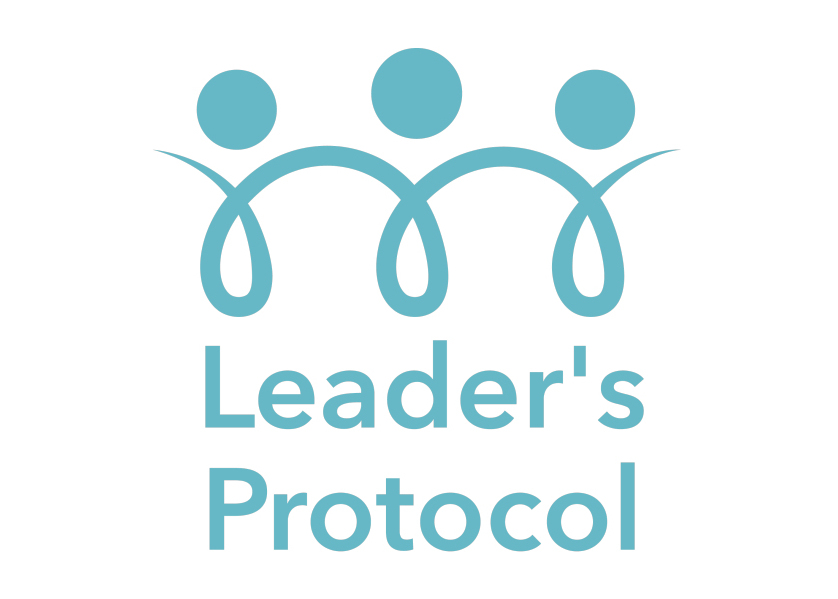Much has been said about empowerment and its value in the workplace. Often it assumes silently that accountability runs alongside it. If leaders want either, then understanding them may be very relevant. Here's my thoughts on both constructs and why I value accountability
Empowering Employees or Embracing Accountability: Leadership Strategies to Encourage Active People Engagement
In the pantheon of leadership strategies, two prominent concepts often appear: employee empowerment and accountability. Employee empowerment focuses on granting employees autonomy, encouraging them to take initiative and make decisions. On the other hand, accountability emphasises holding individuals responsible for their actions and outcomes.
While both these concepts play critical roles in leadership, it’s essential to delve deeper into their dynamics, explore their interplay, and understand their impact on people engagement. In this blog, we critically examine these constructs, leveraging insights from acclaimed books such as The Four Disciplines of Execution by Chris McChesney, Sean Covey, and Jim Huling, and The Five Dysfunctions of a Team by Patrick Lencioni. We’ll also present thought-provoking questions, real-world examples, and practical recommendations to drive active people engagement.
Empowerment: A Double-Edged Sword?
Employee empowerment, on the surface, appears to be an attractive leadership approach. After all, it taps into the human yearning for autonomy and self-determination. However, it’s a double-edged sword. While empowerment can foster creativity, engagement, and job satisfaction, it can also lead to confusion, inconsistency, and a lack of alignment if not managed correctly. It’s also predicated on the employee accepting the empowerment offered and if they don’t want it, then they just reject it – and that’s totally fair enough in this context, in my opinion!
Consider a common scenario: A leader empowers their team members to make decisions in their roles. While this can increase employees’ sense of ownership and engagement, it may also lead to misaligned efforts if the team doesn’t have a clear understanding of the organisation’s strategy and objectives. This can result in wasted resources, duplicated efforts, and unmet targets. Some team members embrace empowerment, others say “no thanks”. It’s awkward!
Accountability: The Preferred Construct?
In contrast, embracing accountability as a leadership construct offers a more structured approach to achieving organisational goals. Accountability involves setting clear expectations, establishing measurable goals, providing consistent feedback, and holding people responsible for the results of their actions. The difference is that it’s not being offered, it’s culturally expected of them to own their goals and it’s implicit that they can act (in an empowered way) to make sure they’re achieved. Accountability is an obligation, not a choice. Is that overly harsh? I don’t think so. In general, employees are expecting more from their employers than ever; it seems reasonable to hold them to account for what they are expected to deliver. But, and its a big but, this perspective cannot exist in isolation. A broad palette of leadership values and behaviours has to underlie the expectations of employees.
According to McChesney, Covey, and Huling in The Four Disciplines of Execution, a robust accountability system involves focusing on the wildly important, acting on lead measures, keeping a compelling scoreboard, and creating a cadence of accountability. These disciplines ensure that everyone in the team understands what they need to do, why they are doing it, and what success looks like.
Let’s consider a case study of Thermo Fisher Scientific, a leading science services company. In their quest for operational excellence, they implemented accountability-based systems. They identified critical goals, developed leading and lagging measures to track progress, and held regular WIG (Wildly Important Goals) sessions, as recommended in The Four Disciplines of Execution. This helped create a culture of accountability, leading to increased engagement and performance.
Empowerment vs. Accountability: A False Dichotomy?
While this blog argues for the importance of accountability over empowerment, it’s crucial to acknowledge that these constructs aren’t mutually exclusive. They can—and should—coexist in a well-led organisation.
A closer look at Lencioni’s The Five Dysfunctions of a Team gives us a hint of this interplay. Lencioni argues that the ultimate goal for a cohesive team is achieving results. But to get there, teams need to cultivate trust, master conflict, achieve commitment, and—importantly—embrace accountability. Therefore, an environment that empowers employees to take actions must also hold them accountable for those actions.
Let’s take the example of Netflix, which has become renowned for its culture that combines high levels of accountability with employee empowerment. Netflix’s “Freedom and Responsibility” culture gives employees vast amounts of discretion—freedom—on the understanding they will act in the company’s best interests. But with this freedom comes high accountability—Netflix expects employees to make wise decisions and holds them responsible for outcomes. This balance has fuelled Netflix’s innovation and success.
Finding the Balance in Your Organisation
How, then, can leaders find the balance between empowerment and accountability in their organisations? Here are a few recommendations:
- Create Clarity and Alignment: Whether you’re empowering employees or holding them accountable, clarity is critical. Ensure everyone understands the organisation’s strategic goals and their role in achieving them.
- Establish Clear Expectations: Clearly communicate what you expect from each team member. This involves outlining their responsibilities, defining success, and setting performance metrics.
- Provide Regular Feedback: Regular feedback keeps everyone on track and allows you to address any issues promptly. It helps employees understand how they are performing and what they need to improve.
- Promote and Role Model a Safe Environment: Employees should feel safe to take risks, make mistakes, and learn from them. This requires building a culture of trust and psychological safety.
- Reward and Recognise: Recognition and rewards are excellent tools for reinforcing accountability. Celebrate successes, acknowledge efforts, and show appreciation for a job well done.
As we examine empowerment and accountability, it’s essential to remember that the ultimate goal is to foster active people engagement. We shouldn’t view empowerment and accountability as a binary choice but as complementary elements that, when well-balanced, lead to high-performing and engaged teams.
While empowerment can foster creativity and engagement, it should be coupled with accountability to provide structure and alignment. By embracing accountability, leaders can create clarity, improve performance, and drive active people engagement, ultimately leading to organisational success. How will you strike the balance in your leadership strategy?
Want more? I’d recommend …
Empowerment
Book: “Drive: The Surprising Truth About What Motivates Us” by Daniel H. Pink
Article: “The Power of Empowering Employees” by Forbes
Video: “The Puzzle of Motivation” TED Talk by Daniel Pink
Podcast: “WorkLife with Adam Grant”
Accountability
Book: “The Oz Principle: Getting Results Through Individual and Organizational Accountability” by Roger Connors, Tom Smith, and Craig Hickman.
Article:”Building a Culture of Accountability” by Melissa Gratias.
Video: “Accountability in the Workplace” by Jennifer Bridges.
Podcast:: “WorkLife with Adam Grant: A World Without Bosses”



